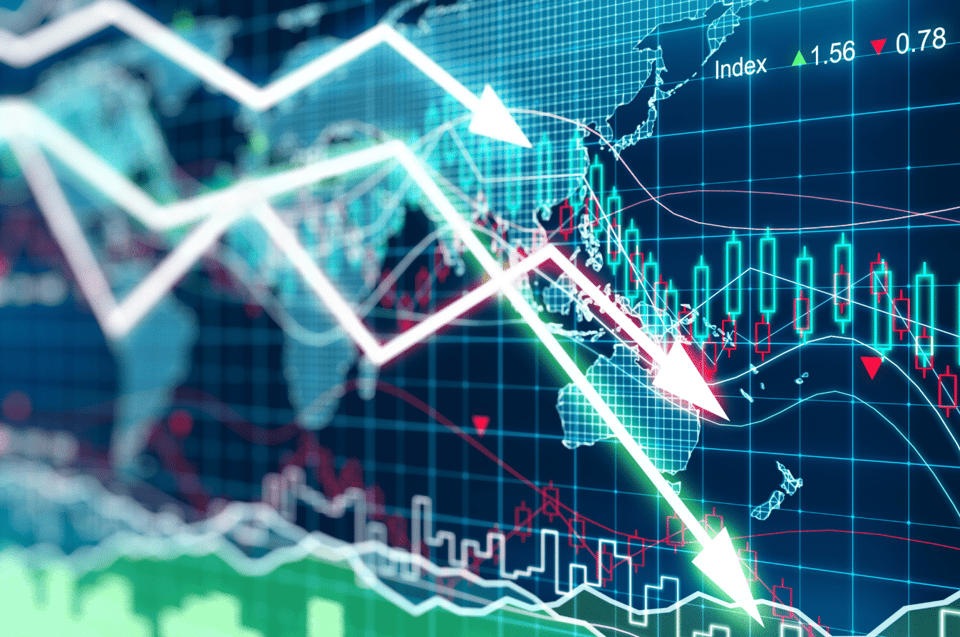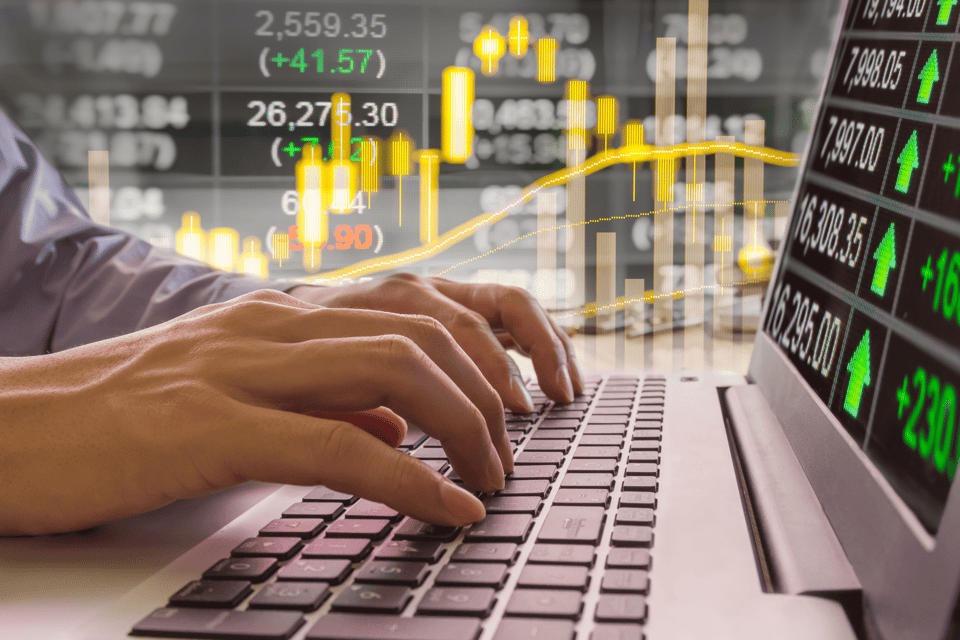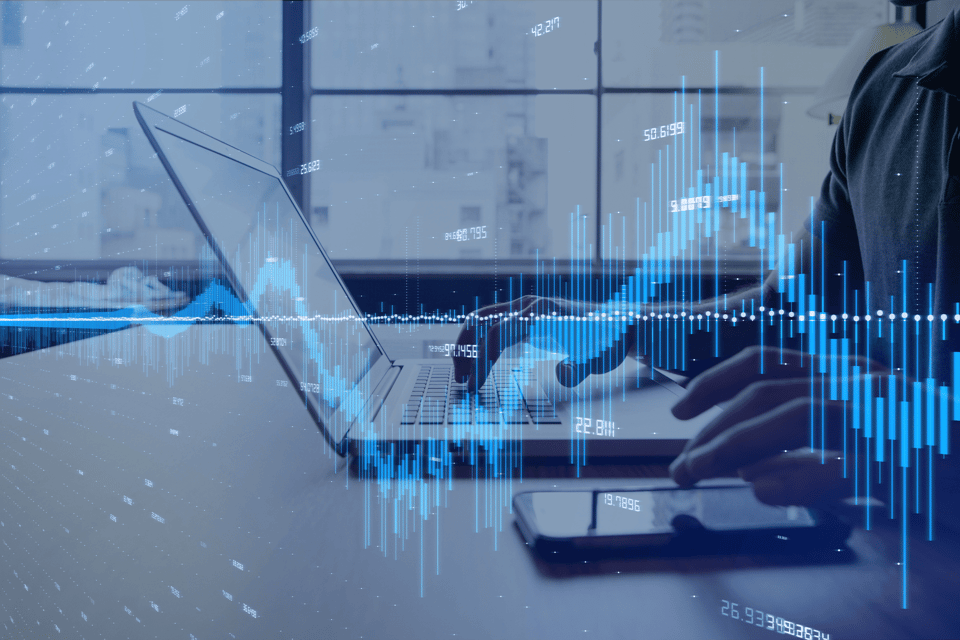As the COVID-19 pandemic progressed, it became apparent that the economic fallout was going to be severe. The impact of extensive lockdowns, quarantines, and travel bans was largely unknown. In March, Fed policy began preparing for the worst.
Combating Plunging GDP
At its core, the global economic system is based on the concepts of growth and development. To measure and compare levels of growth, gross domestic product (GDP) is used. The International Monetary Fund (IMF) defines GDP as a measure of “the monetary value of final goods and services … produced in a country in a given period of time.”
Although there are many calculations of GDP, the IMF’s explanation is relatively universal. The general rule of thumb for GDP is this: When GDP rises, businesses and workers fare better; when it falls, businesses and workers struggle.
Amid the COVID-19 lockdowns in spring 2020, industry experts issued dire predictions for U.S. and global GDP. One such estimate came from investment banking giant Goldman Sachs, which projected that Q2 U.S. GDP would shrink by 24 percent quarter-over-quarter.
Goldman’s projections came on the heels of an active month in Fed policy. For March 2020, the Fed instituted aggressive rate cuts and the launch of unlimited QE:
- March 3, 2020: The Fed slashed the federal funds target rate by 0.5 percent, the first interest rate reduction since December 2008.
- March 15, 2020: An “emergency” rate cut of 1 percent was implemented to combat market volatility and reassure systemic liquidity. Following the reduction, the federal funds rate stood at 0.0-0.25 percent.
- March 23, 2020: Unlimited QE was unveiled to the public via a prepared statement from the Fed, announcing it would purchase an unlimited amount of U.S. Treasury debt issues and mortgage-backed securities. Also, for the first time ever, Fed policy allowed the central bank to become active in purchasing corporate bonds, specifically through ETFs.
The launch of unlimited QE essentially made the Fed a “lender of last resort” for the U.S. economy. Given the program’s broad scope, many traders wondered about the ultimate impact on the USD, as well as the financial markets as a whole.
Average Inflation Targeting
If nothing else, the launch of unlimited QE helped to stabilize the U.S. stock, commodity, and debt markets. Thanks to this policy along with the massive CARES Act passed by the U.S. government, financial liquidity was supported and a 2008-esque credit crunch was avoided. However, as 2020 progressed, the Fed became focused on addressing another vital concern: lagging inflation.
Since the financial crisis of 2008-2012, inflation had consistently fallen beneath the Fed’s 2 percent sustainable target. In an attempt to remedy potential negative economic consequences, the Fed made a critical adjustment to its inflation methodology. In late August, Chairman Jerome Powell announced that the 2 percent inflation target was being replaced by a policy of “average inflation targeting.” This meant several things to Fed policy:
- Inflation would be allowed to persist “moderately” above 2 percent to promote economic recovery.
- Future rate hikes would be delayed until inflation ran higher than 2 percent for an extended period of time.
The move to average inflation targeting was an extremely dovish stance toward the USD. Shortly after the announcement was made, the CME FedWatch Index assigned a 100 percent chance of interest rates being held at 0.0-0.25 percent until September 2021. A majority of Fed officials took things one step further. At the September 2020 Federal Open Market Committee (FOMC) Meeting, the Fed signaled that 0 percent interest rates were to be the norm until at least 2023.
The initial market impact of average inflation targeting was mixed. Perceived future inflation hurt USD valuations versus other major global currencies. Conversely, risk assets flourished in subsequent months, led by the Dow Jones Industrial Average (DJIA) cracking the 30,000 level for the first time ever. As of this writing, the long-run implications of average inflation targeting remain to be seen.
Stay On Top of the Coronavirus and Fed Policy
The 2020 COVID-19 pandemic had an unprecedented impact on economics, the financial markets, and Fed policy. Never before had the United States―and the rest of the world―shut down for business. And, although the development of effective vaccines means that there is hope on the horizon, the pandemic has not yet passed.



